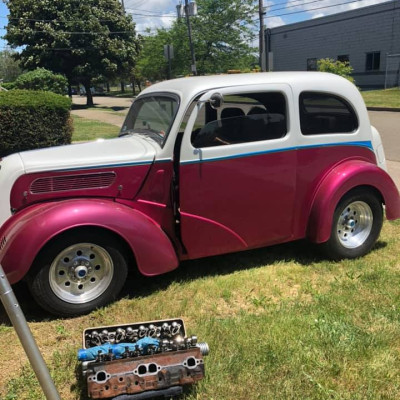**Classic Beauty Treatments That Are Best Left in the Past**
Throughout history, beauty treatments have evolved dramatically, reflecting the changing trends, scientific advances, and cultural attitudes towards personal care. While some vintage beauty routines are fondly remembered and occasionally revisited, there are others that have clearly outlived their usefulness. These classic beauty treatments, though once popular, are best left in the past. Let’s explore some of these outdated methods and understand why modern alternatives are often superior.
### 1. **Leech Therapy**
Once considered a revolutionary method for bloodletting and detoxification, leech therapy involved placing leeches on the skin to draw out blood and purportedly remove toxins. While it was believed to balance bodily humors, modern medicine has long abandoned this practice in favor of safer and more effective treatments for detoxification and circulation.
### 2. **Radium-Based Beauty Products**
In the early 20th century, radium was hailed as a miracle ingredient in beauty products, including face creams and powders, due to its supposed rejuvenating properties. However, the harmful effects of radiation exposure became evident, leading to its ban in cosmetics. The dangers of radium have since been well-documented, making this beauty treatment a relic of the past.
### 3. **Arsenic-Based Skin Lightening**
In the late 19th and early 20th centuries, arsenic was used in beauty products for its skin-lightening effects. This dangerous practice led to severe health complications, including arsenic poisoning. Today, skin-lightening treatments have evolved to safer alternatives with effective results and without harmful side effects.
### 4. **Mercury-Based Skin Lighteners**
Similar to arsenic, mercury was used in various skin-lightening creams and lotions. Despite its effectiveness in achieving a lighter skin tone, mercury is highly toxic and can cause severe health issues, including kidney damage and neurological problems. Modern skin care emphasizes safe, non-toxic alternatives for achieving a healthy, even complexion.
### 5. **Sulfur Facial Masks**
Sulfur masks were once popular for their purported acne-fighting properties. However, sulfur is highly drying and irritating to the skin, often leading to further complications rather than improvements. Today, there are numerous gentle and effective treatments for acne that offer better results without causing irritation.
### 6. **Bleaching Agents for Hair Removal**
In the past, harsh chemical bleaches were used for hair removal. These products often contained strong acids that could cause skin burns and long-term damage. Modern hair removal methods, such as laser treatments and advanced depilatory creams, provide safer and more effective alternatives.
### 7. **Surgical Facelifts Without Anesthesia**
Historical facelifts involved invasive surgical procedures without modern anesthesia, leading to painful and dangerous results. Today's cosmetic surgery incorporates advanced anesthesia techniques and minimally invasive procedures, significantly reducing discomfort and risks while achieving natural-looking results.
### 8. **Cupping Therapy**
Cupping therapy, which involves placing cups on the skin to create suction and purportedly improve circulation, was widely used in the past. While it has experienced a resurgence in some wellness circles, it is often considered outdated compared to modern techniques like ultrasound therapy and advanced physical therapy for improving circulation and relieving muscle tension.
### 9. **Ozone Therapy for Skin**
Ozone therapy, once popular for its supposed antibacterial properties, involved applying ozone gas to the skin. This practice has largely fallen out of favor due to concerns about ozone’s potential to cause oxidative damage and respiratory issues. Safer and more effective antibacterial and skin-rejuvenating treatments are now widely available.
### 10. **Hot Oil Treatments for Hair Growth**
Hot oil treatments were once believed to stimulate hair growth and improve scalp health. While the warm oil might have offered temporary benefits, modern hair care focuses on scientifically-backed treatments and products that address underlying causes of hair loss and promote overall scalp health.
### Conclusion
While many classic beauty treatments were developed with the best intentions, advances in science and technology have provided us with safer, more effective alternatives. From avoiding harmful chemicals to embracing non-invasive techniques, the evolution of beauty treatments reflects a growing awareness of health and safety. By leaving these outdated methods in the past and embracing modern innovations, we can achieve our beauty goals more effectively and safely.






